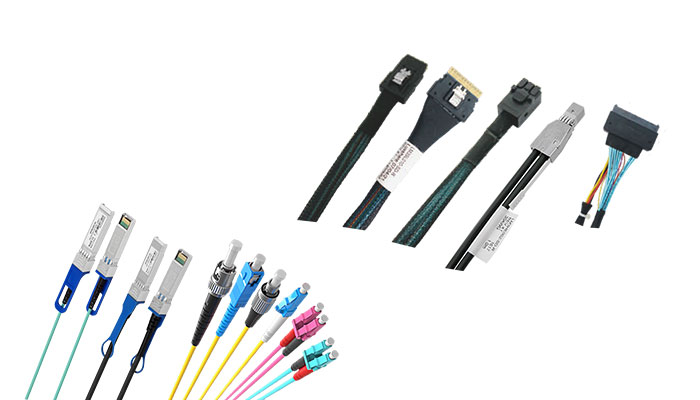Transceiver (Transmitter + Receiver)
A transceiver is a device that integrates both a transmitter and a receiver into a single unit to send and receive data signals over a communication channel. In server, storage, and network environments, transceivers are typically used to convert electrical signals into optical signals (or vice versa) for high-speed data transmission across fiber optic or copper links.
Key Features:
Combines transmitting and receiving functions into one compact module.
Supports various data rates (e.g., 1Gbps, 10Gbps, 25Gbps, 40Gbps, 100Gbps, 400Gbps, or higher).
Available in multiple form factors such as SFP, SFP+, QSFP+, QSFP28, QSFP56, QSFP112, OSFP, CFP, etc.
Can operate over copper (e.g., DAC cables) or fiber optic cables (e.g., with AOC or discrete fiber transceivers).
Typical Applications:
Network switches, routers, servers, and storage systems.
Data center interconnects, enterprise networks, and telecommunications.
Long-distance, high-speed data transmission over fiber optic links.
View Products
